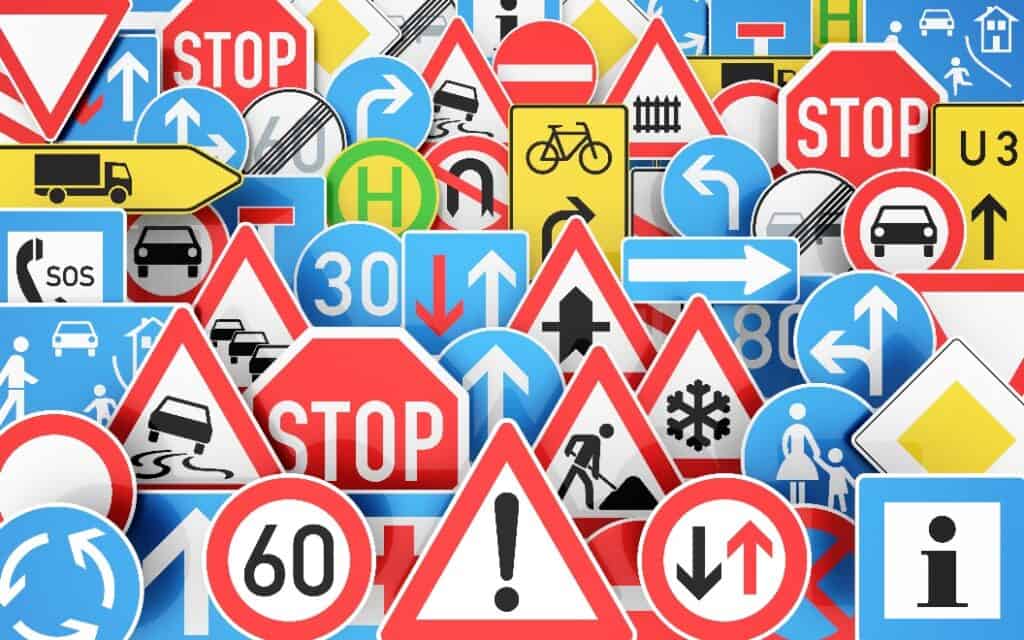Understanding the colors and shapes of road signs is crucial for safe and efficient travel on roads and highways. These visual cues provide vital information to drivers, pedestrians, and cyclists. Let’s delve into the meanings behind the colors and shapes of road signs.
1. Red: Stop and Prohibition

The color red is a universal signal to stop. It is exclusively used for stop signs, yield signs, and prohibition signs. Red commands immediate attention, indicating situations where caution or a complete halt is necessary.
2. White: Regulatory Signs
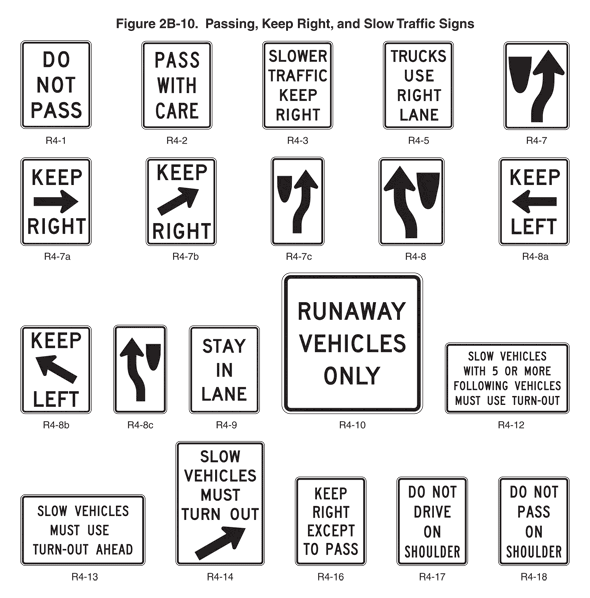
A white background on a sign indicates a regulatory message. Regulatory signs are crucial for conveying rules and regulations that drivers must follow. These signs often include speed limits, parking regulations, and other essential guidelines.
3. Yellow: General Caution

Yellow is a color associated with caution. When used in road signs, it conveys a general caution message. Yellow signs often indicate potential hazards or changes in road conditions, prompting drivers to be alert and proceed with caution.
4. Green: Permitted Movements and Directional Guidance

Green signifies permitted traffic movements and provides directional guidance. Signs with green backgrounds typically indicate routes, directions, and guidance for safe and legal travel.
5. Fluorescent Yellow/Green: Pedestrian Crossings and School Zones
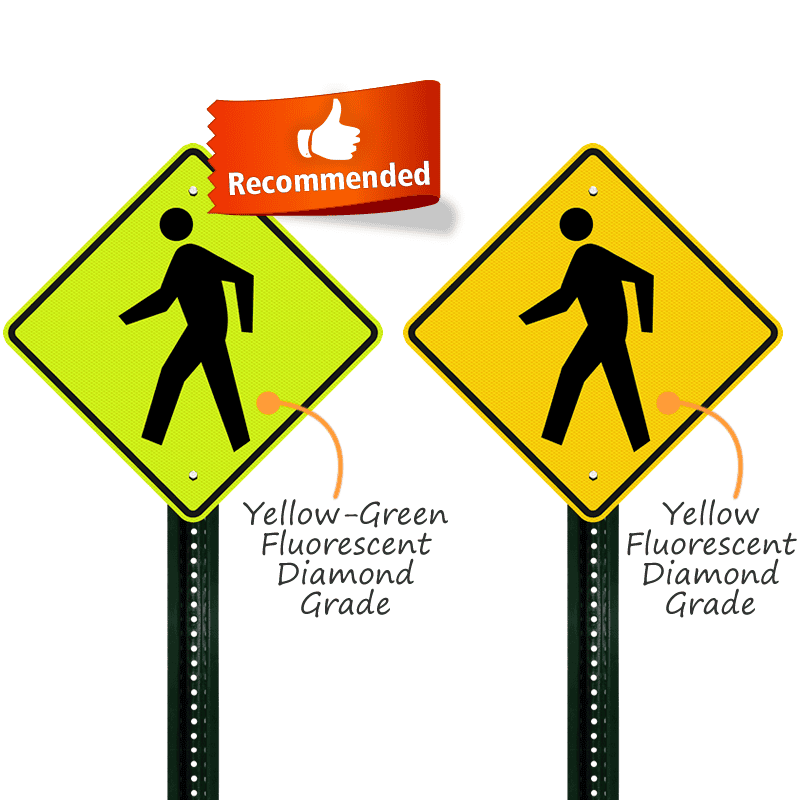
Fluorescent yellow/green is specifically used for pedestrian crossings and school zones. These vibrant colors draw attention to areas where extra caution is needed due to the presence of pedestrians, especially in school zones.
6. Orange: Warning and Guidance in Work Zones

Orange is reserved for warning and guidance in roadway work zones. Signs with orange backgrounds inform drivers about construction or maintenance activities, signaling the need to proceed with caution and follow any instructions provided.
7. Coral: Incident Management Signs

Coral-colored signs are used for incident management. These signs provide information and guidance in the event of an incident or emergency, helping drivers navigate safely through unexpected situations.
8. Blue: Road User Services, Tourist Information, and Evacuation Routes
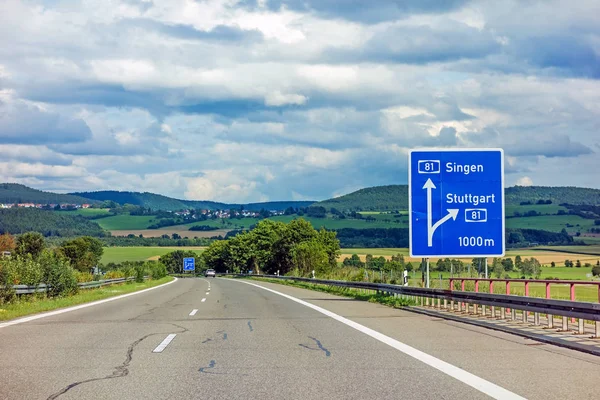
Blue signs are designated for road user services, tourist information, and evacuation routes. These signs offer valuable information about services available along the route, guide tourists, and provide directions in case of emergencies.
9. Brown: Guidance to Recreation or Cultural Sites
Brown signs are employed to guide road users to sites of public recreation or cultural interest. These signs help travelers locate parks, historical sites, and other points of interest.
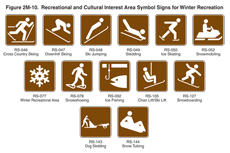
While colors play a pivotal role in conveying information, the shape of road signs is equally significant. The shape can convey a message even before reading the contents, making it essential for effective communication on the road. Whether it’s a hexagon, rectangle, or diamond, the shape of a road sign provides valuable information, especially in adverse weather conditions where visibility might be limited. Therefore, drivers and pedestrians alike should familiarize themselves with both the colors and shapes of road sign to ensure a safer and more informed journey.

